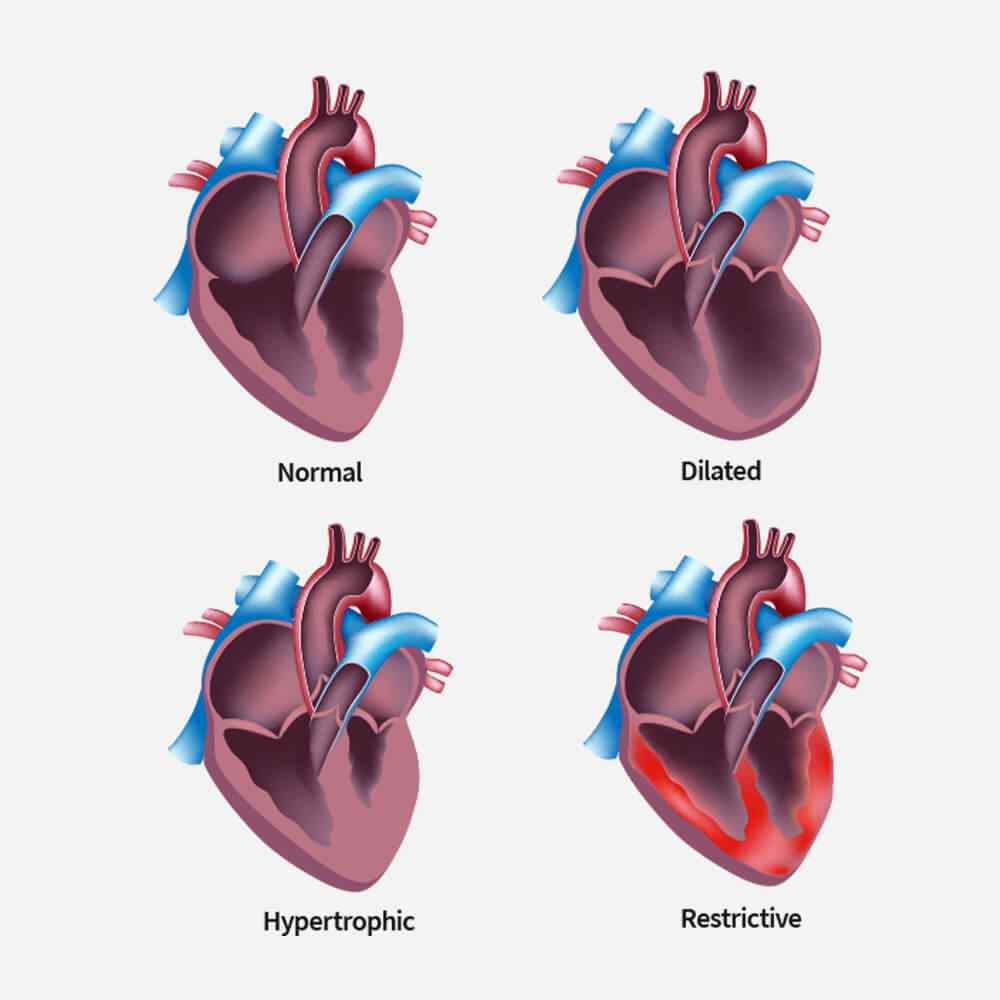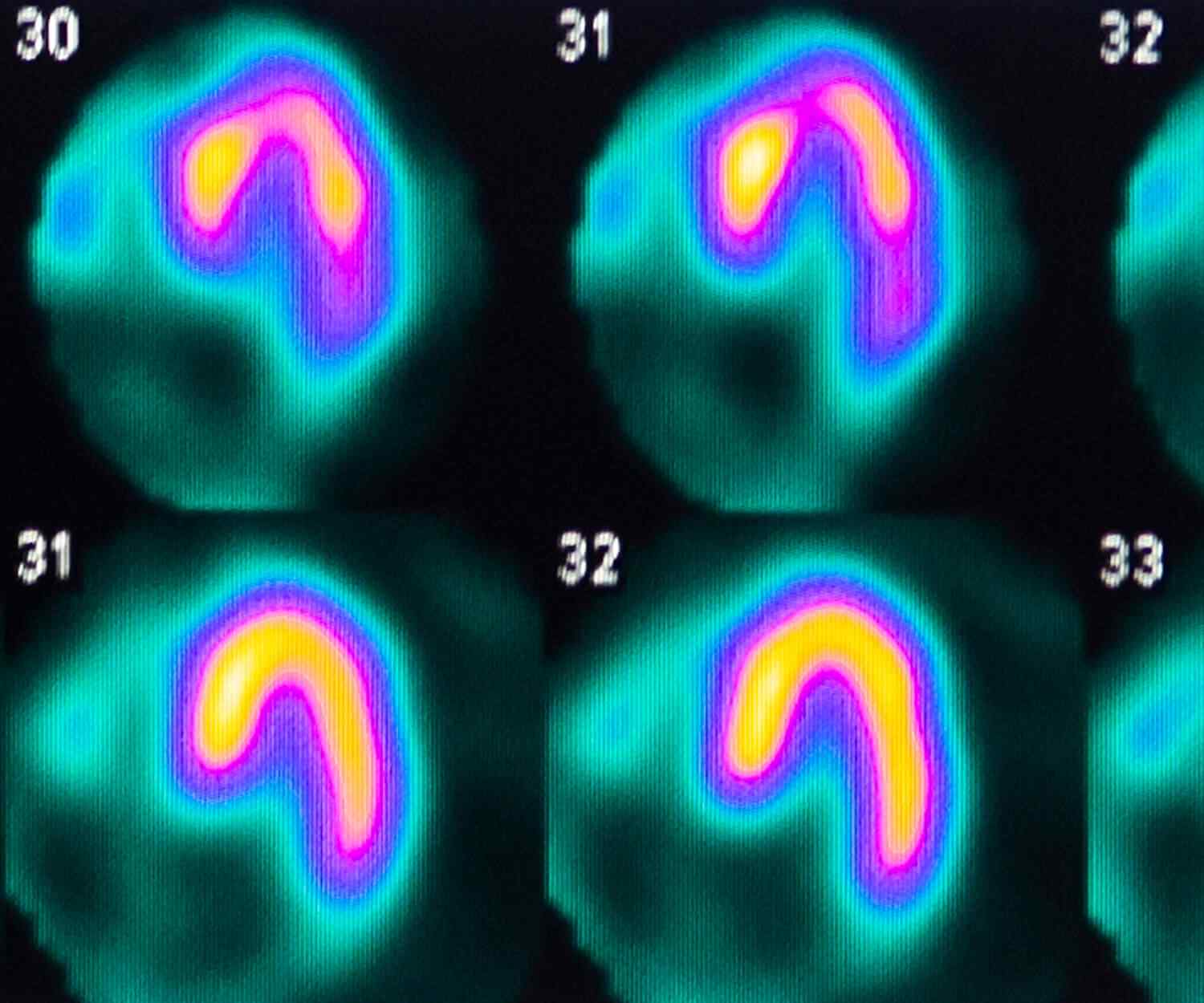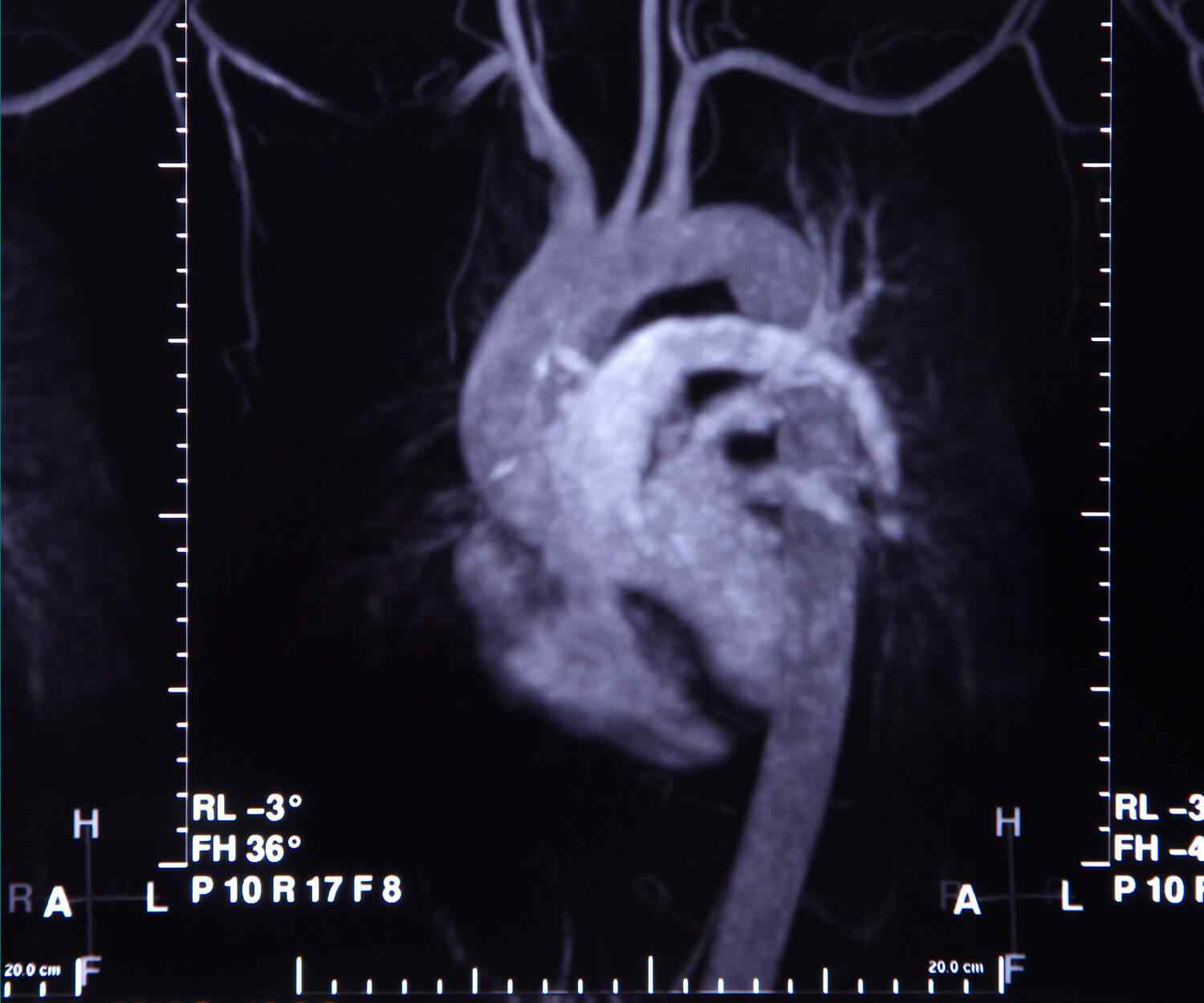Phakic Intraocular Lenses
Exploring the Role of Phakic Intraocular Lenses in Managing Keratoconus
Keratoconus presents unique challenges in vision correction due to its characteristic high myopia and astigmatism. While contact lenses have been the traditional solution, some patients may find them uncomfortable or unsatisfactory. Careful patient selection is crucial, considering factors such as keratoconus stability and ocular parameters like endothelial cell count and anterior chamber depth.
Benefits of Phakic Intraocular Lenses in Keratoconus:
1. Correction of High Myopia and Astigmatism:
Phakic IOLs provide refractive correction for high myopia and astigmatism, addressing keratoconus patients who are not comfortable glasses or contact lenses.
2. Reduced Dependence on Glasses or Contact Lenses:
For keratoconus patients dissatisfied with the discomfort or visual limitations of contact lenses, phakic IOLs offer a long-term solution, providing vision without the need for external correction.
3. Stability for Non-Progressive Keratoconus:
Phakic IOL implantation is suitable for keratoconus patients with stable disease progression, ensuring that the underlying condition does not compromise the success of the procedure.

Considerations for Patient Selection:
1. Keratoconus Stability:
Patients with non-progressive keratoconus are ideal candidates for phakic IOL implantation. Stability in disease progression is essential to ensure long-term visual outcomes.
2. Ocular Parameters:
Endothelial cell count, anterior chamber depth, and other ocular measurements must be within acceptable ranges to minimize the risk of complications associated with phakic IOL implantation.
3. Unsuitability for Other Treatments:
Patients who are unsuitable for or dissatisfied with contact lenses, and wants to be undependend from glasses may benefit from phakic IOLs as an alternative option.
4. Candidacy for Glasses-Free Vision:
Keratoconus patients who experience improved vision with glasses but seek freedom from external correction may find phakic IOLs advantageous in achieving their visual goals.
Conclusion:

Types of Cardiomyopathy
Restrictive cardiomyopathy is a condition where your ventricles do not thicken, yet they still become stiff and rigid and cannot pump blood effectively.
In this type of cardiomyopathy, the pumping ability of your heart’s main pumping chamber — the left ventricle — becomes enlarged (dilated) and can’t effectively pump blood out of the heart.
This type involves abnormal thickening of your heart muscle, which makes it harder for the heart to work. It mostly affects the muscle of your heart’s main pumping chamber (left ventricle).
In this rare type of cardiomyopathy, the muscle in the lower right heart chamber (right ventricle) is replaced by scar tissue, which can lead to heart rhythm problems. It’s often caused by genetic mutations.
Related TreatmentAngioplasty
Angioplasty uses a tiny balloon catheter that is inserted in a blocked blood vessel to help widen it and improve blood flow to your heart. Angioplasty is often combined with the placement of a small wire mesh tube called a stent. The stent helps prop the artery open, decreasing its chance of narrowing again.


